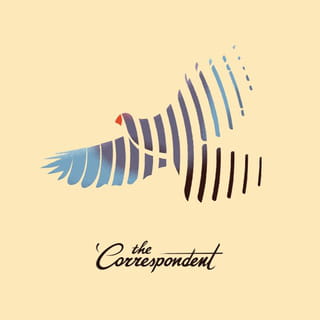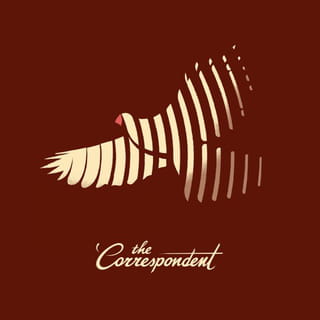
We had been chatting on Skype for about 20 minutes when Gordon, an acoustic ecologist – more on that in a moment (I can explain) – asked me to do something out of the blue.
"Er ..." I hesitated.
"Just do something,” he repeated. “Whatever. Anything. And I’ll try to capture information from that.”
So I stood up, and did the first thing that came to my mind.
“You let a little water out of a tap, a faucet with a valve on it. Like in the kitchen or bathroom,” Gordon deduced. He was completely right.
And this he had deciphered from a slight noise transmitted through a mediocre connection via the microphone on my laptop. Which would be impressive with two ears, although Gordon is deaf in one.
Meet Gordon Hempton, sound recordist, aka “the sound tracker”.
For the past 30 years, he’s travelled the world with a microphone in search of pristine sounds from nature. His unparalleled sound archive includes some of the richest and most complex sounds on the planet. You’ve probably heard some of them in TV series, films and museums.
His secret? Gordon sits down, turns on his microphone and listens.
Without expectation. Without purpose. Because what most people call listening, according to Gordon, is actually a process of filtering.
“We’re born listeners,” he explains, “but then we go to school and learn that the teacher is important and she says: ‘Quiet. Listen to me. Give me your attention.’ And that’s how we learn to listen”. With focus and discipline. Putting filters or flaps on our ears – “blinders,” he calls them.
What listening can do for you
Gordon has devoted his life to sound. He is passionate about deconstructing “bad listening habits”. This has given him: a deep appreciation of birdlife, insights into nature and evolution, and a contagious fascination with the sound of trains. Most importantly, it’s become a mission: to banish human noise pollution from nature reserves.
If you really learn to listen, Hempton maintains, it will change your life.
The beauty, complexity and fragility of the world around you come rushing in, no longer blocked by the ears’ defences. It’s as if someone suddenly pulled out the ear plugs you didn’t even know you had.
That was how De Correspondent’s audio editor Jacco Prantl and I felt too, when we first listened to one of Hempton’s "sound portraits" (as he calls each of his recordings). To convey some of this sensation, Jacco did some unconventional editing after my interview with Hempton: he cut and pasted excerpts from our conversation, interspersed with some of the recorded sounds (which he sent us, from his vast archive) so that Hempton could tell his story in his own voice.
This podcast is the result. An audio portrait of the man behind the microphone. A unique spirit, telling the unique story of his unique determination to really listen.
We hope that you’ll find a quiet place to listen too, preferably with headphones. And that this is an ear-opening experience, a recalibration of your sense of hearing – as it was for ours. And for anyone who can’t get enough of Hempton’s sounds, Jacco put together an added bonus – one of Gordon’s sound portraits, introduced by the man himself. Let’s call it an audio post-script, a mini-cast, a little extra.

This piece first appeared on De Correspondent . It was translated from Dutch by Joy Phillips.



